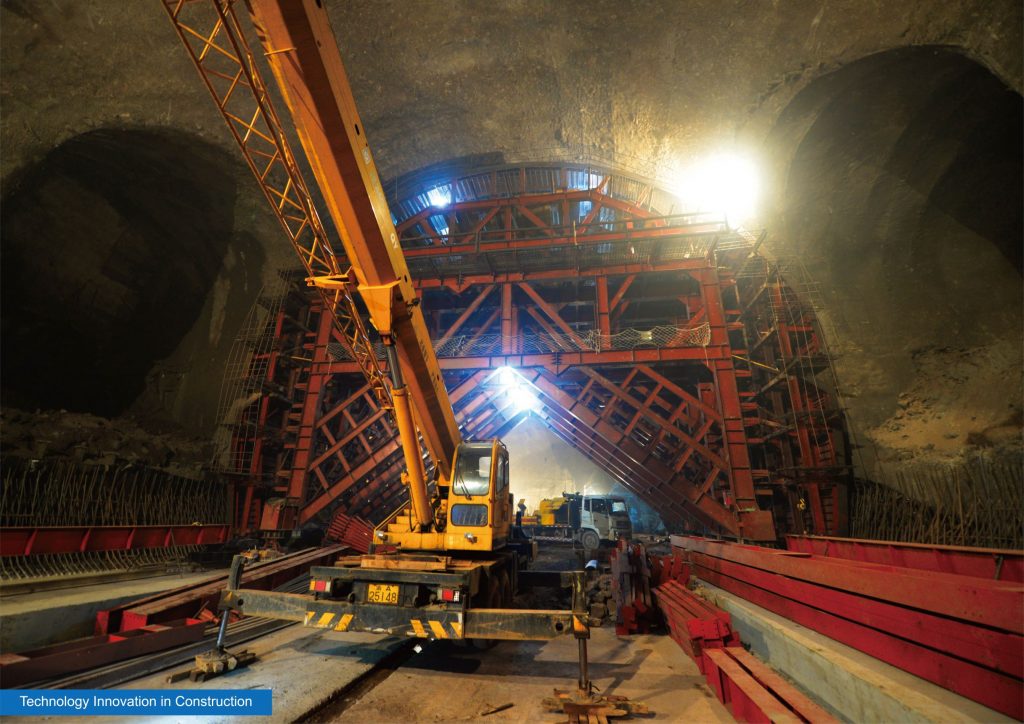A high-density and mountainous city has shown how building communications-based train control (CBTC) can help make a new metro line efficient and successful while its new train technology also cuts carbon.
Chongqing Rail Transit Loop Line, the world’s longest circular rail transit line in a mountain city and is the first exemplary project using communications-based train control (CBTC) in China.
What is Chongqing Rail Transit Loop Line?
Chongqing Rail Transit Loop Line spans 50.88km long, has 33 stations and connects to three high-speed railway stations. It crosses the Yangtze River twice and the Jialing River once. The line contains conventional tunnels, bored tunnels, and large-span river-crossing bridges that include the E’gongyan Rail Bridge – a self-anchored suspension bridge with the world largest main span of 600m.
The new transit loop has CBTC integrated from construction, the first time this has been done anywhere in China. That technology has been established with independent intellectual property rights in China, which helps make the Chongqing Loop project a key milestone for the urban rail industry, with cities across China and internationally looking to learn from it.
The implications of getting CBTC right are significant. The system has enabled the Loop to already provide rapid services and higher capacity with 500,000 people travelling on 52 trains each day. And those trains are unique too.
Unique trains lead to lower carbon project design
New trains were designed specifically for Chongqing – a densely populated mountain city with two rivers. Those trains have a strong climb capacity – reaching a maximum gradient of 50% – and a turning radius of just 250m. That has allowed for significant carbon reduction in construction.
The remarkable agility of the trains means that the engineers behind the project were able to reduce the embedment depth of 15 underground stations along the route by between 8m and 10m on average. This in turn saves the power consumption needed for train traction and escalators, reducing greenhouse gas emissions by an estimated 100,000 tons per year.
This project is one of three winning Outstanding Projects of the Year as assessed by a panel of FIDIC experts. It was nominated by Chongqing Rail Transit Design and Research Institute Co Ltd and Shanghai Tunnel Engineering Rail Transit Design and Research Institute.

New technology cuts carbon and boosts capacity


















